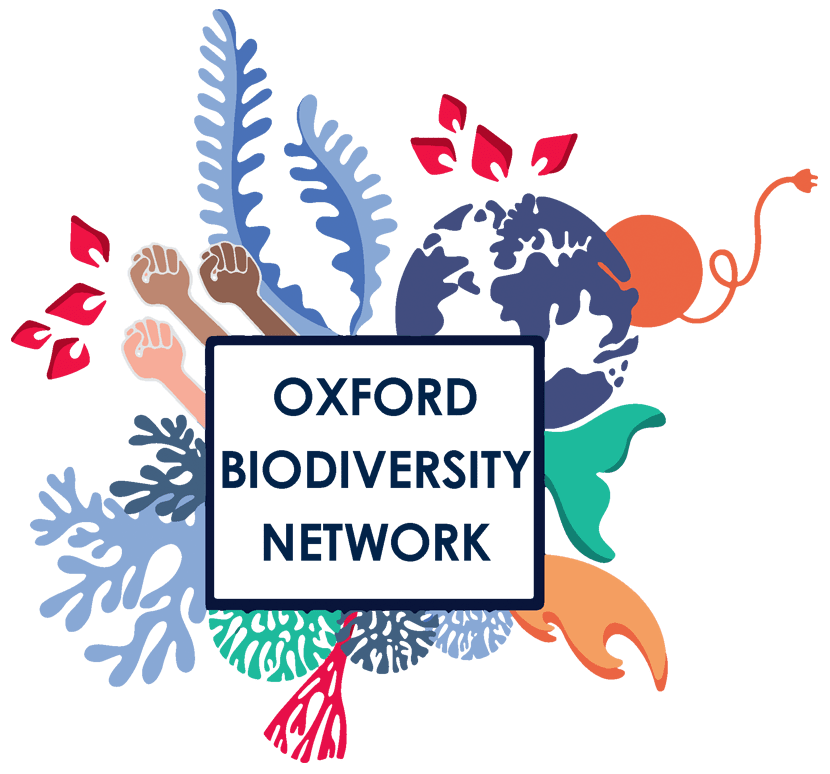The great significance of observing nature in your back garden
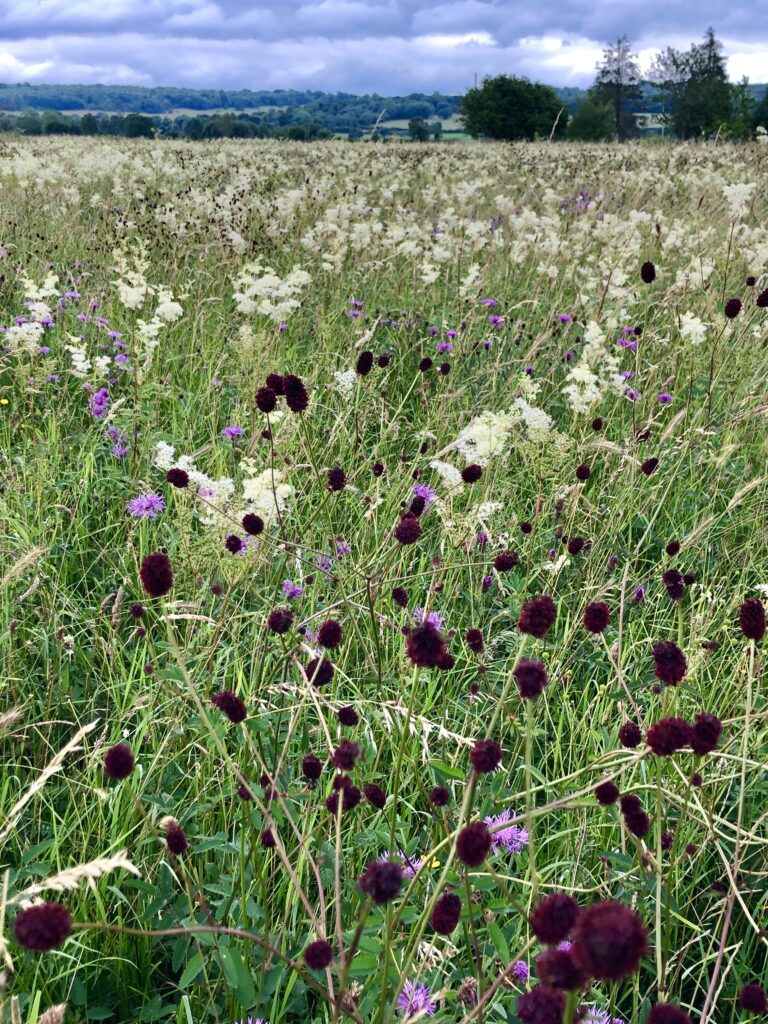
Yadvinder Malhi shares his rediscovery of nature at the local level
Like many, I have found solace and refuge in local nature over this year of pandemic and lockdown. When able to escape from Zoom calls and cabin fever, I’ve wandered and exercised in my local floodplain meadow of the Thames. I’ve used books and apps to teach myself new natural history skills, such as identifying birds from their songs, or learning the more obscure local plants. I’ve found comfort and fascination in becoming more aware of this community of beings around me. I have also been able to keep fieldwork going at my university’s ecological research site at Wytham Woods, perched on a hill just outside Oxford. There I work with colleagues from different specialisms to understand the web of connection that links the denizens of the woods, and the cascade of energy from sunlight through plants, fungi, soil and animals.
This close and frequent observation of the local natural world contrasts with much of my academic research over the past few decades. Working with local partners across several continents, I have been building a monitoring network, stretching from the Congo Basin to the high slopes of the Andes, from the sun-drenched savannas of Africa to the towering trees of Borneo, to track how tropical forests respond to global change. The observations have been long-term, but because of the commitments of coordination, of university life and of family, my personal immersion in any one locale has been brief. My individual contribution has been in the big picture, synthesising insights across these diverse sites, taking advantage of a common scientific methodology that enables rigorous comparison.
I have long been inspired by the explorer and scientist Alexander von Humboldt, revered as a founding father of ecology and the environmental sciences. At the very beginning of the 19th century, Humboldt travelled the underexplored reaches of the Americas, collecting vast ranges of scientific observations, building up grand cross-disciplinary theories of how the natural world worked, engaging with local and regional politics in continents and nations brimming with new frontiers of discovery and political revolution. There is a sense of scale and excitement in his writings, of the sheer joy of discovery, that quickens the pulse and reminds me of similar moments of joyful exploration and the occasional reckless adventure.
Recently, however, my attention has been drawn to another founding figure of ecology, the Reverend Gilbert White. He had been a student and fellow at my Oxford college, Oriel, and in 2020, the 300th anniversary of his birth, I was asked to write a commemoration for him, though I knew little about him. In an effort to understand his significance, I took a between-the-lockdowns opportunity to visit White’s house in Hampshire, and its beautiful and expansive gardens, nestled in the rolling hills and forested valleys of the South Downs.
Unlike Humboldt’s audacious intellectual and geographical reach, almost all of White’s writings are about one very small place, the vicinity of his house and garden. White’s most famous book, The Natural History and Antiquities of Selborne, was published in the year of revolution, 1789, yet he barely mentions the wider human-political world, including the American Declaration of Independence, wars in Europe, and France and Britain struggling for domination of India. At a time when naturalists were sharing specimens and ideas across Europe, he hated to travel and suffered badly from coach-sickness. The furthest he seems to have voyaged in his entire life was to Exeter and Norwich, and the journey from Selborne House to Oriel College was one of his few regular journeys. Nor did he venture into grand Theories of Nature. As an ecologist more easily attuned to the Humboldtian tradition in both my curiosity for discovering large-scale patterns and my love for exuberant tropical nature, I felt a little underwhelmed by White at first.
Yet I came to appreciate the immense value of his approach as a counterpoint to planet-spanning snapshots. White wrote in detail about such things as plants, birds and worms, patiently observing the flowering times of plants, the migration patterns of birds, even the hibernation routines of his pet tortoise Timothy, purely for the joy of understanding them. He seems to have been the first to write so prolifically and empathetically about the behaviour of animals. He thought many naturalists were too desk-bound, and too focused on the anatomical study and categorisation of dead specimens rather than understanding the intricate and detailed stories that nature had to tell:
Faunists … are too apt to acquiesce in bare descriptions, and a few synonyms: the reason is plain; because all that may be done at home in a man’s study, but the investigation of the life and conversation of animals, is a concern of much more trouble and difficulty, and is not to be attained but by the active and inquisitive …
What White’s astute observational eye revealed was an understanding of animals as beings in themselves, with rich inner lives and complex behaviours, wants and needs. He laid open the wonder of a world in which creatures existed for their own purposes and needs, not as accessories to the drama of human history, but as vital, aware, self-motivated entities, ‘nations’ in themselves.
One example is the migration of birds, which he described as ‘a winged nation’. In the 18th century, it was a mystery what the swallows, martins and swifts, along with other birds that appeared only over the summer months, did during the winter. Did they bury themselves underground? The idea that such small animals flew off to the distant and exotic lands of Africa seemed inconceivable. Although White’s observations didn’t prove the migration idea, they revealed its possibility, and affirmed that there was no evidence that birds buried themselves and disappeared:
But in nothing are swifts more singular than in their early retreat … This early retreat is mysterious and wonderful, since that time is often the sweetest season in the year … Are they regulated in their motions with us by failure of food, or by a propensity to moulting, or by a disposition to rest after so rapid a life, or by what? This is one of those incidents in natural history that not only baffles our searches, but almost eludes our guesses!
It was White’s acute observation of change and behaviour that added the ‘history’ to ‘natural history’. Often called the first natural historian, a fair case could be made for calling him the first ecologist, although that emerging science wouldn’t bear this name until 1866. White studied Selborne as a whole, an evershifting composite of the dramas of individuals and species. The nonliving and living worlds blur in a complex and tangled dance. From this, what we now call the ecosystem emerges.
One demonstration of his ecological mindset, his awareness of the connections between beings, and how even the most unglamorous of beings can play important roles, is his regard for the humble earthworm when most contemporary opinion regarded it as an ugly-looking pest:
Earthworms, though in appearance a small and despicable link in the chain of Nature, yet, if lost, would make a lamentable chasm … worms seem to be the great promoters of vegetation, which would proceed but lamely without them …
To see humanity as but one member of a community of animal and plant ‘nations’ is intrinsic to many indigenous world views, including those of Europe. However, this way of seeing retreated in prominence in medieval Europe, and was further diminished by the elevation of the power of reason in the Enlightenment, which enhanced a sense of human superiority over Nature. White’s empathy with the inner lives of other species, married with the emerging scientific values of meticulous observation, record-keeping and quantification, was something new. His observations and writings made a quiet, patient beginning to a revolution that would eventually shake the foundations of our understanding of humanity’s place in the natural world.
The door that White eased ajar through his acute observation was one that Charles Darwin, Alfred Russel Wallace and others would throw wide open. Darwin, who was born 16 years after White’s death, described White’s writings as a key early influence that had deeply impressed him. When Darwin published On the Origin of Species (1859), the decentring of the human that White had inadvertently begun took a huge leap forward. Humans were not only one part of a community of beings, we emerged and evolved from the ecological and evolutionary webs of connection that weave that world together. And, in the subsequent decades, the whole few-thousand-year span of written human history would come to be understood as floating on a deep ocean of Earth time and evolution, thousands of millions of years deep, that’s unfathomable and almost incomprehensible in its scale.
The journey that White began, to change our self-understanding, recognising that humans are embedded in a wider natural world, remains incomplete. I believe that the greatest challenge of our age is how we as a species and a civilisation overturn the assumption that human history and social and economic progress can be divorced from the natural world and its webs of interdependence. This assumption is being acutely challenged, and its contradictions revealed as our civilisation approaches the planet’s biophysical boundaries, driven by our relentless quest for ever-increasing material consumption, production efficiency and economic growth.
Returning to Wytham Woods, I watch a different pandemic at work. Ash trees, one-third of the trees in these woods, are dying of a fungal infection. Such diseases are becoming more common in a world of increasingly connected trade. Every decade is warmer than the last, spring is earlier and the weather more erratic. The web of life is shifting and reweaving in complex ways, in some cases showing resilience and adaptability, in others precarious vulnerability. It’s more important than ever to understand and watch our local natural world closely for augurs of the changes to come. And this can be done only by meticulous observation by those people, often amateurs rather than professionals, with the patience and passion to learn to read and understand nature’s secret codes. At the level of international science, Humboldtian snapshots are increasingly being criticised as ‘helicopter science’; more valuable is long-term partnership and support for local expertise. What’s needed is that local expert or teacher who has the knowledge (or potential knowledge if given the chance) and the locally embedded dedication to do the close observation. In the schools and universities of the tropics, there are thousands of Gilbert Whites waiting: passionate observers of local nature that are so needed and so ready to contribute, if only given the encouragement and opportunity.
Addressing the profound challenge of global environmental change is complex and multifaceted. But one certainty is the need for a change of world view, the fostering of humility towards the natural world and its shared community of beings. Such humility and appreciation are made possible by acute observation, empathy and delight in the mysteries and quirks of other species, qualities that White reveals in his writings. Whether we make those observations ourselves in the field, or as readers of the nature writings of others, or even as awe-struck participants when we sit down to watch David Attenborough’s joy and delight in his latest programme, we’re all direct heirs of White and his approach to seeing the world. The door to a new way of seeing and humility that he helped to ease open is one that’s led us down a long and unexpected path of ever-deepening understanding of our place in the natural world. Together, we must now collectively walk through that doorway and work out where the path leads.
This article was originally published on Psyche (psyche.co).
Yadvinder Malhi is Professor of Ecosystem Science at the University of Oxford, programme leader of the Ecosystems Group at the Environmental Change Institute at Oxford, Jackson Senior Research Fellow at Oriel College, Oxford, and director of the Oxford Centre for Tropical Forests.
Other recent stories
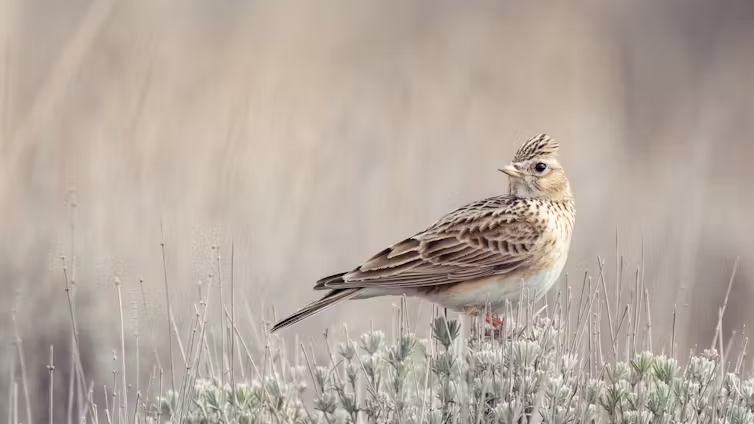
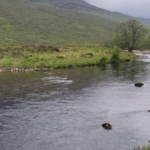

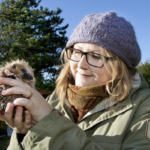
Associated people

